Hatcher Pass and the nearby town of Palmer have interesting histories that are worth learning more about on a trip through Alaska.
Hatcher Pass, in the Talkeetna Mountains, is the location of one of Alaska’s most productive gold mines, the Independence Mine. At its peak, the Independence Mine employed hundreds of works and produced large amounts of gold. It was in operation between the late 1800s and the 1950s but most active during the 1930s and 1940s. Estimates suggest that 500,000 ounces of gold were extracted from the mine which today would total about $975 million. The mine site is preserved as a state historical park for those interested in learning more about this mine, but even if you aren’t a history buff, the spectacular mountain views and wildflower meadows make it popular for hiking and photography.







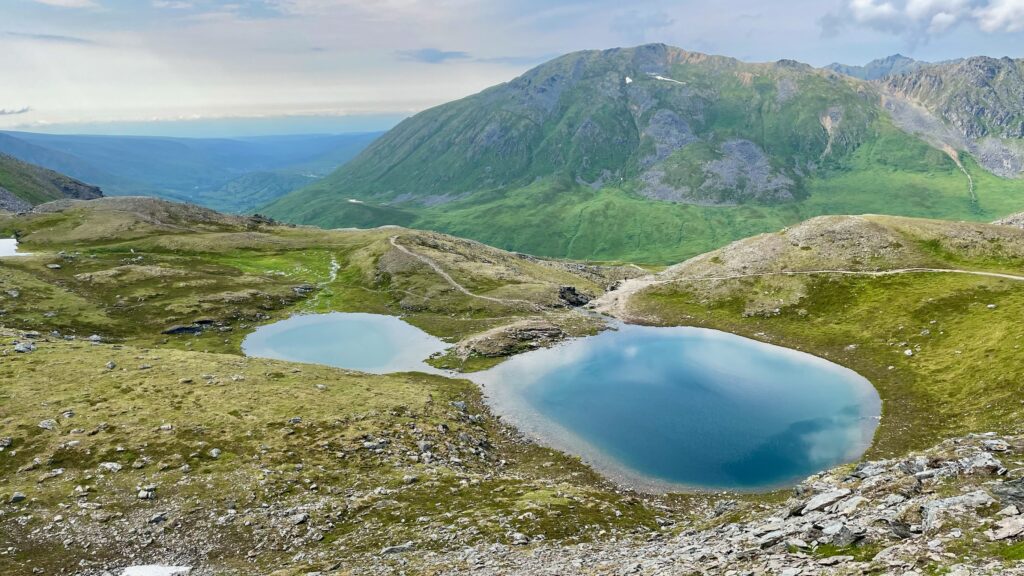
.
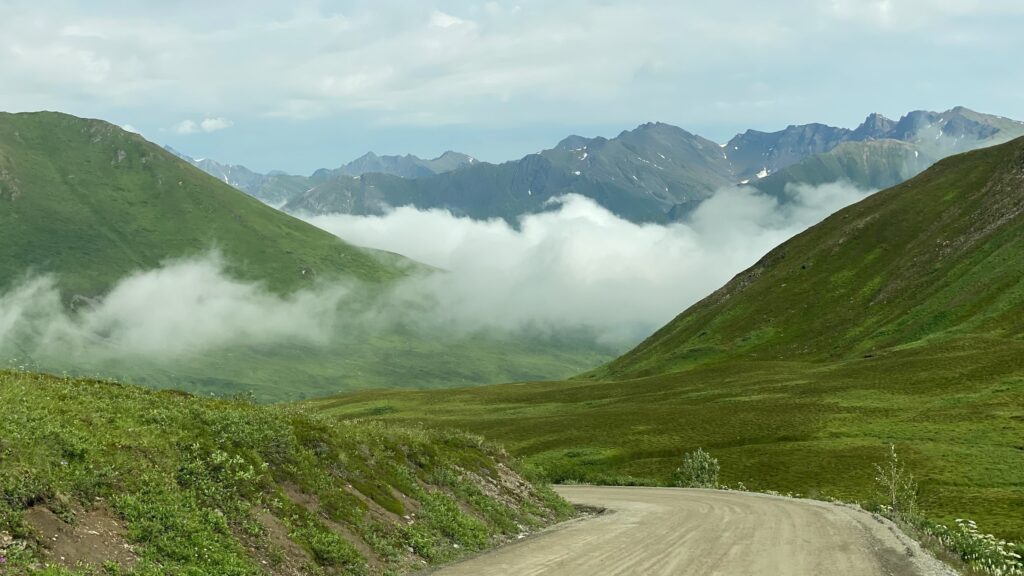
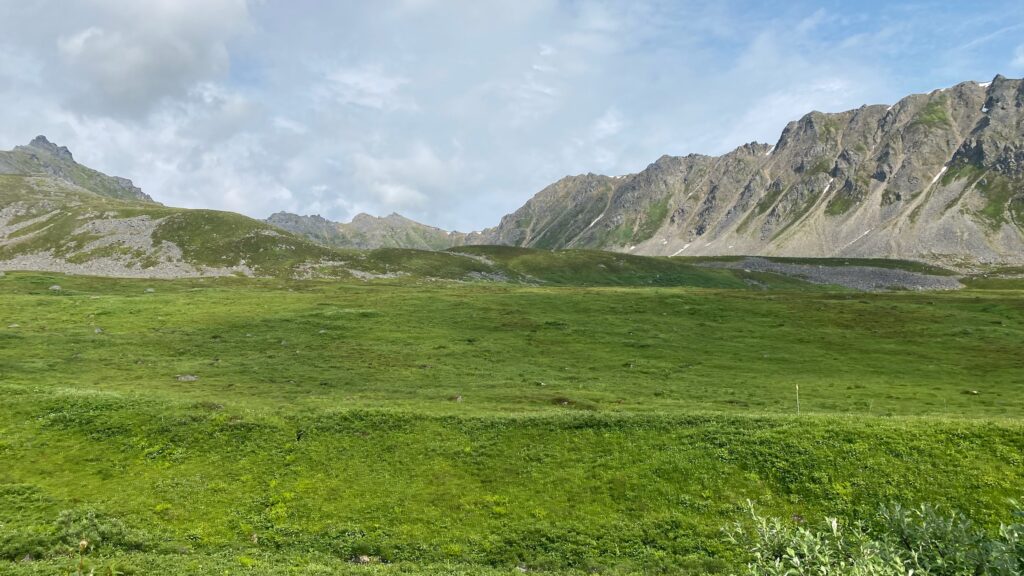

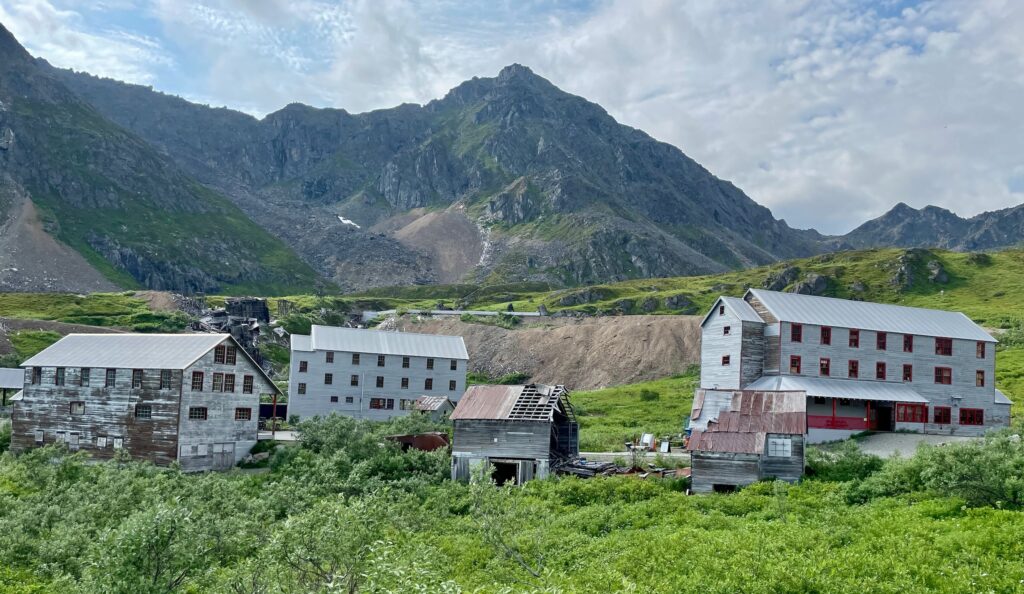
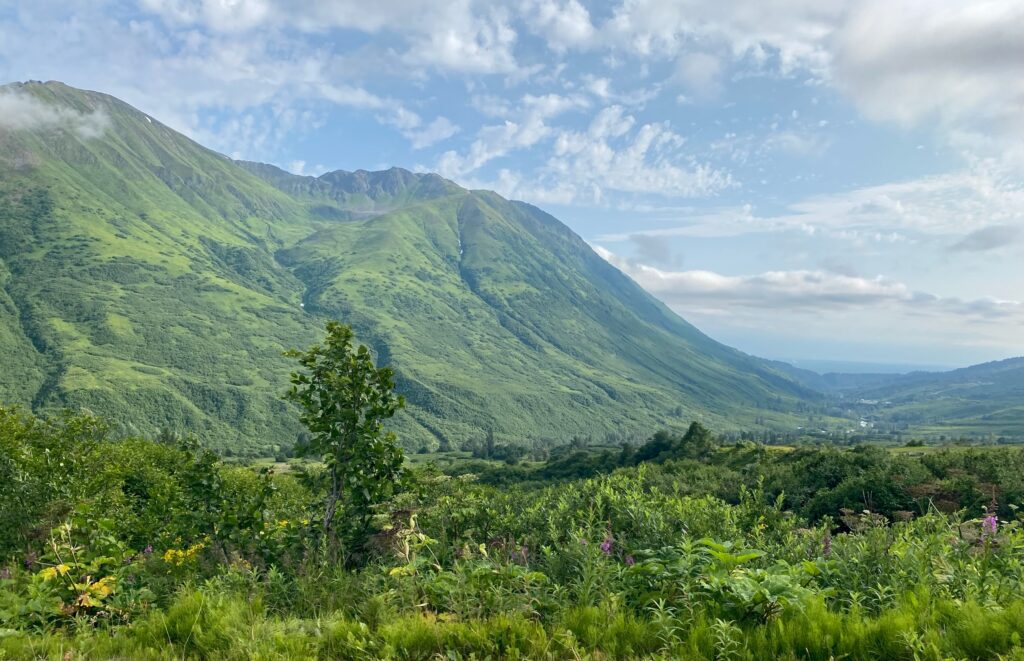
Palmer, is a quaint town, about the size of Homer, with interesting agricultural roots. It sits in the Matanuska Valley which is shaped by 3 mountain ranges – the Alaska Range, the Talkeetna Mountains, and the Chugach Mountains. Prior to the 1930s Native Alaskan Athabaskans, gold prospectors and trappers were in the area, but as part Franklin D. Roosevelt’s New Deal, the town of Palmer began to take shape.
During the Great Depression, FDR created several programs aimed at getting displaced families off government- provided relief and into established communities. Nearly 100 resettlement communities were constructed between 1933 and 1940,about 15,000 families participated, and most only relocated about 10 miles. It was not a popular program in Congress, but when FDR decided to move 200 families from Minnesota, Wisconsin and Michigan to Alaska, the story of their journey and resettlement captured a nation. They travelled in two groups – from St. Paul, one group went by train to San Francisco and the other, to Seattle. Both then boarded army transport ships through the Inside Passage and then rode trains into the interior of Alaska. Their pioneering spirt provided uplifting news for a struggling nation and they were greeted to great fanfare as they passed through different towns and cities on their journey.
From May of 1935 to the summer of 1936 ,the settlers worked with the help of government supplies to clear the land, build roads, homes, a school, churches, a hospital, etc to support the colony. It was a grueling process due to the harsh weather, short growing season, and needing to clear the land that was often heavily forested or swampy, but they’d some success and in 1936 they held their first Matanuska Valley Fair.
By 1940, the US military was moving into Alaska to combat potential WWII axis enemies and this influx provided a market for Palmer’s now thriving agricultural community.
Today, Palmer is a mix of agriculture, tourism, and outdoor activities. One of things it is most known for is hosting the Alaska State Fair. In particular, the Matanuska Valley uses the fair to showcase its exceptionally large vegetables that are a result of the area’s long summer days, cool temperatures, and rich glacially fed soil. In 2012,a world record cabbage weighing 138.25 lbs was grown in this valley! Some other world record vegetables are noted in the picture / sign-board below.
The small visitor center and garden is the place to start in Palmer to see a film and read more about this resettlement community. Simply fascinating history!






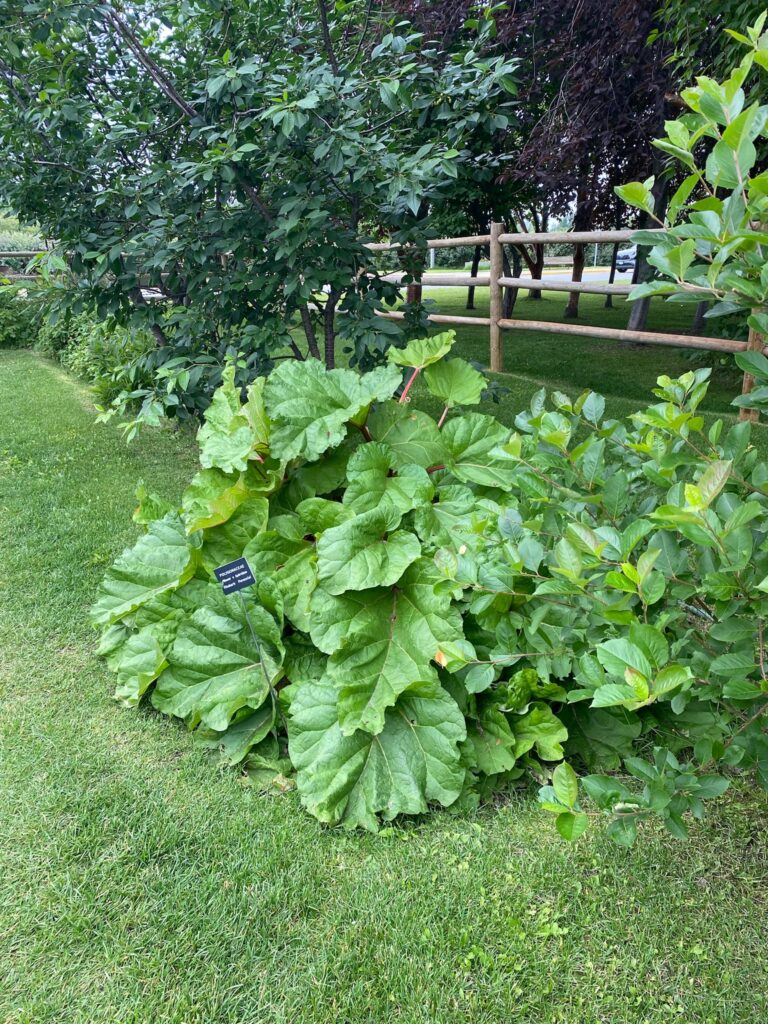
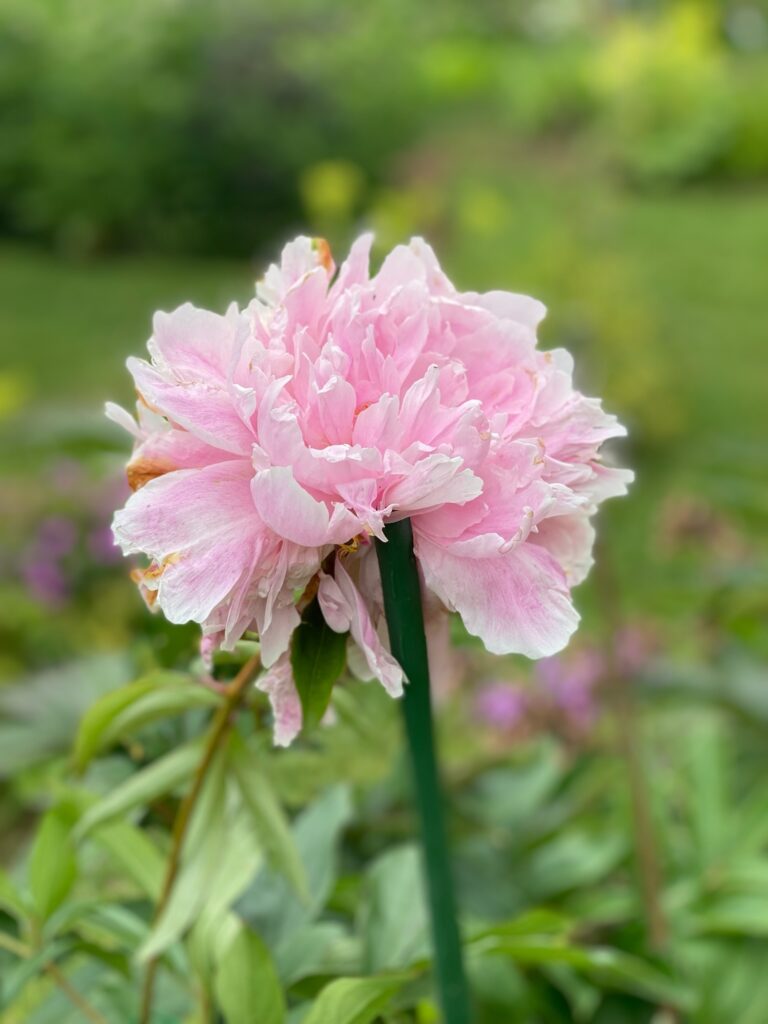
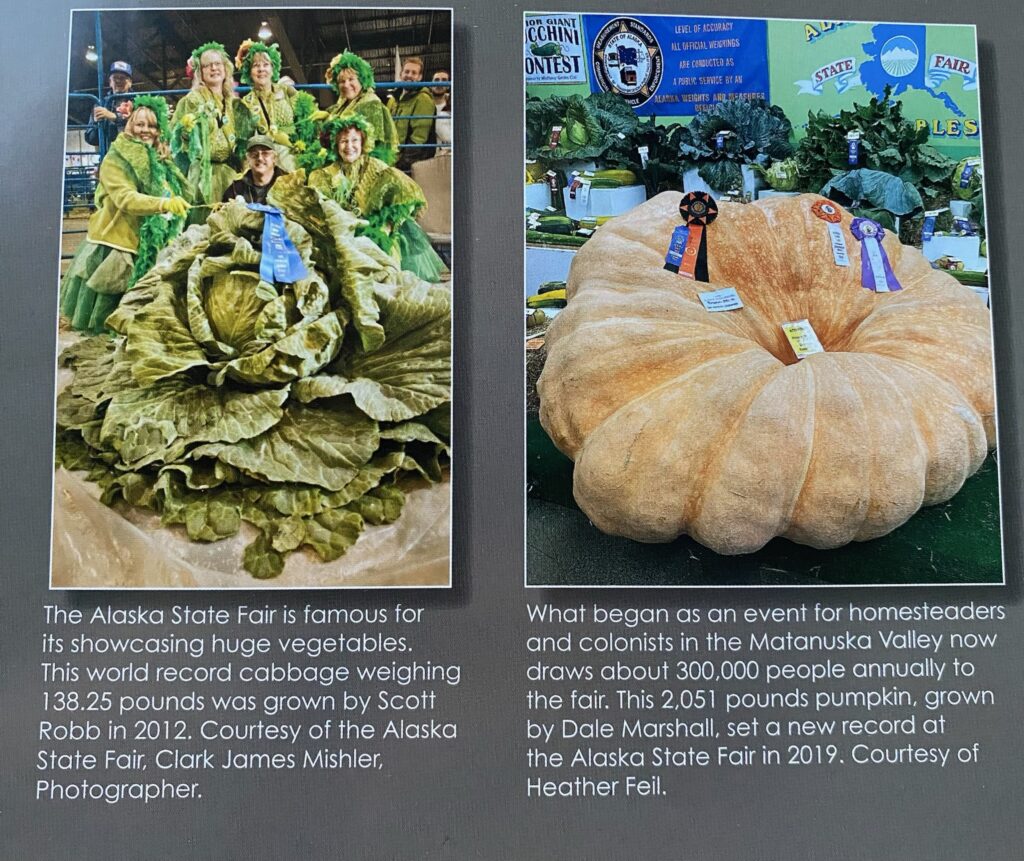
We packed so much in to these two quick stops, but spending time in both locations was worth it!

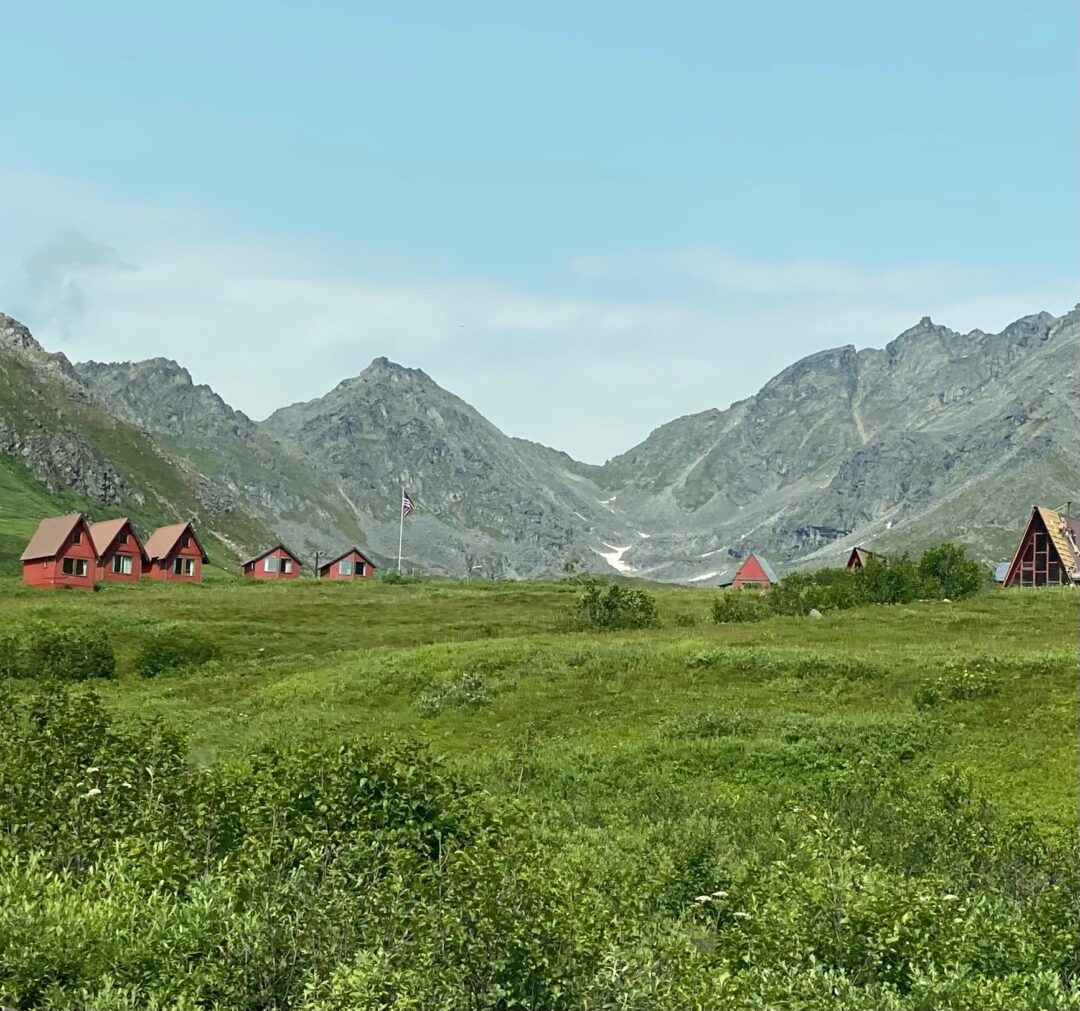
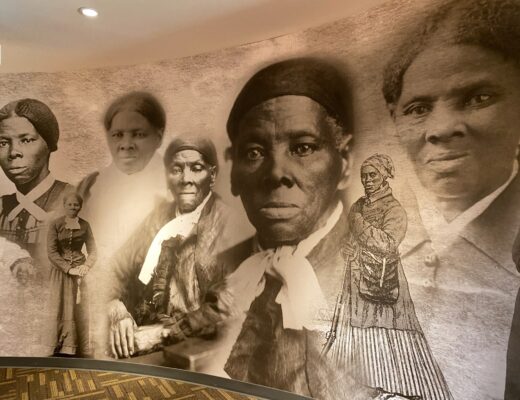
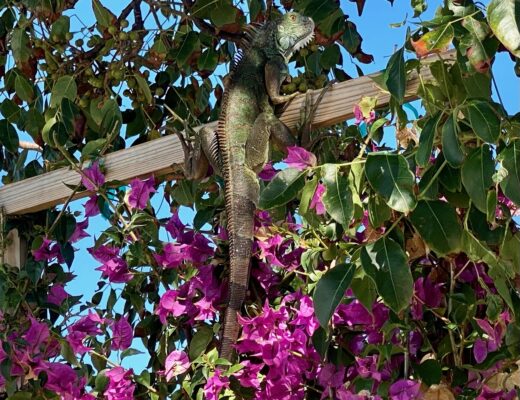
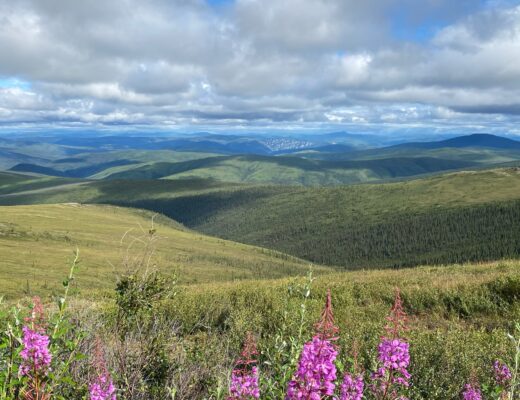








 Did you know that the oldest and largest aviati
Did you know that the oldest and largest aviati








 #camphairdontcar
#camphairdontcar


